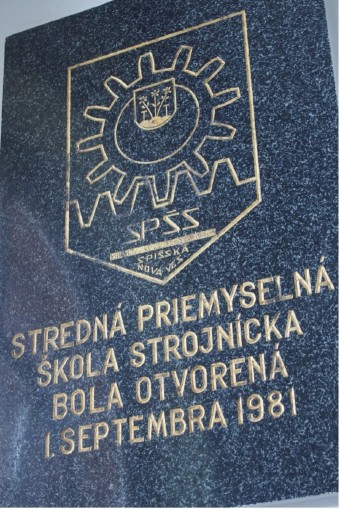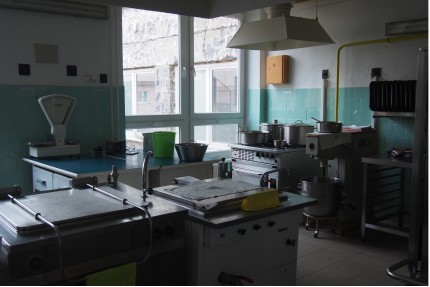Cooperation with the Secondary Industrial Technical School in Spišská Nová Ves

We have already written about the pilot activities within the scope od Citycricle that are being conducted in the one of the partner citities of the project, the city of Košice (SK). You can find earlier stories HERE and HERE.
The third school involved in the pilot activity within the Citycircle project is the Secondary Industrial Technical School in Spišská Nová Ves. Part of the pilot activity at this school is the measurement and analysis of kitchen waste generated in the school canteen and the separate waste that is produced in individual classes. As in other schools involved in the pilot, kitchen staff members were trained in the methodology of weighing and recording the amount of waste produced in the school.
The Secondary Industrial School is located in the Spiš region, which was formerly known as the center of mining and geology. Due to this fact, the region required high school graduates not only in these areas but also in the field of mechanical engineering. In 1962, a new study department of mechanical engineering was opened at the Secondary Industrial School.

The school uses funds from implemented investment and non-investment projects financed from EU funds or the state budget in the modernization of its facilities and the improvement and expansion of study field. It involved projects funded under the ERASMUS, COMENIUS and Leonardo da Vinci programs. Currently, the school is attended by 500 students in 20 classes and 6 the following fields: engineering - graphic systems and programming of CNC machines, mechatronics - programming of robots and CNC machines, information and network technologies, electrical engineering - computer systems and networks, intelligent technologies, technical high school - programming, logistics. The advantage of studying at this school is also its quality and long-term cooperation with employers in the region, which allows students to complete professional practice.
